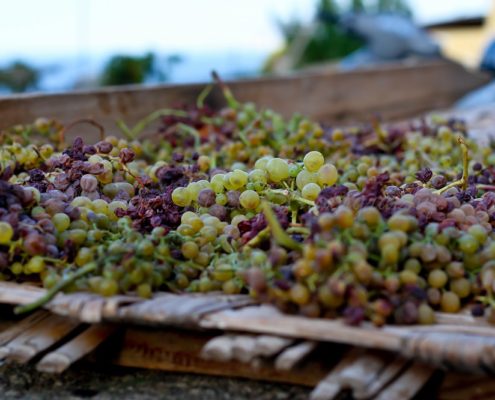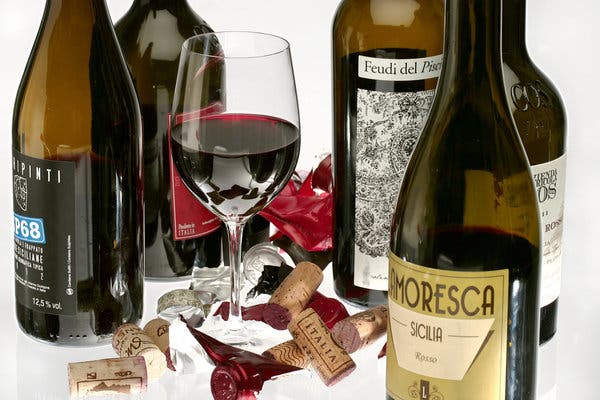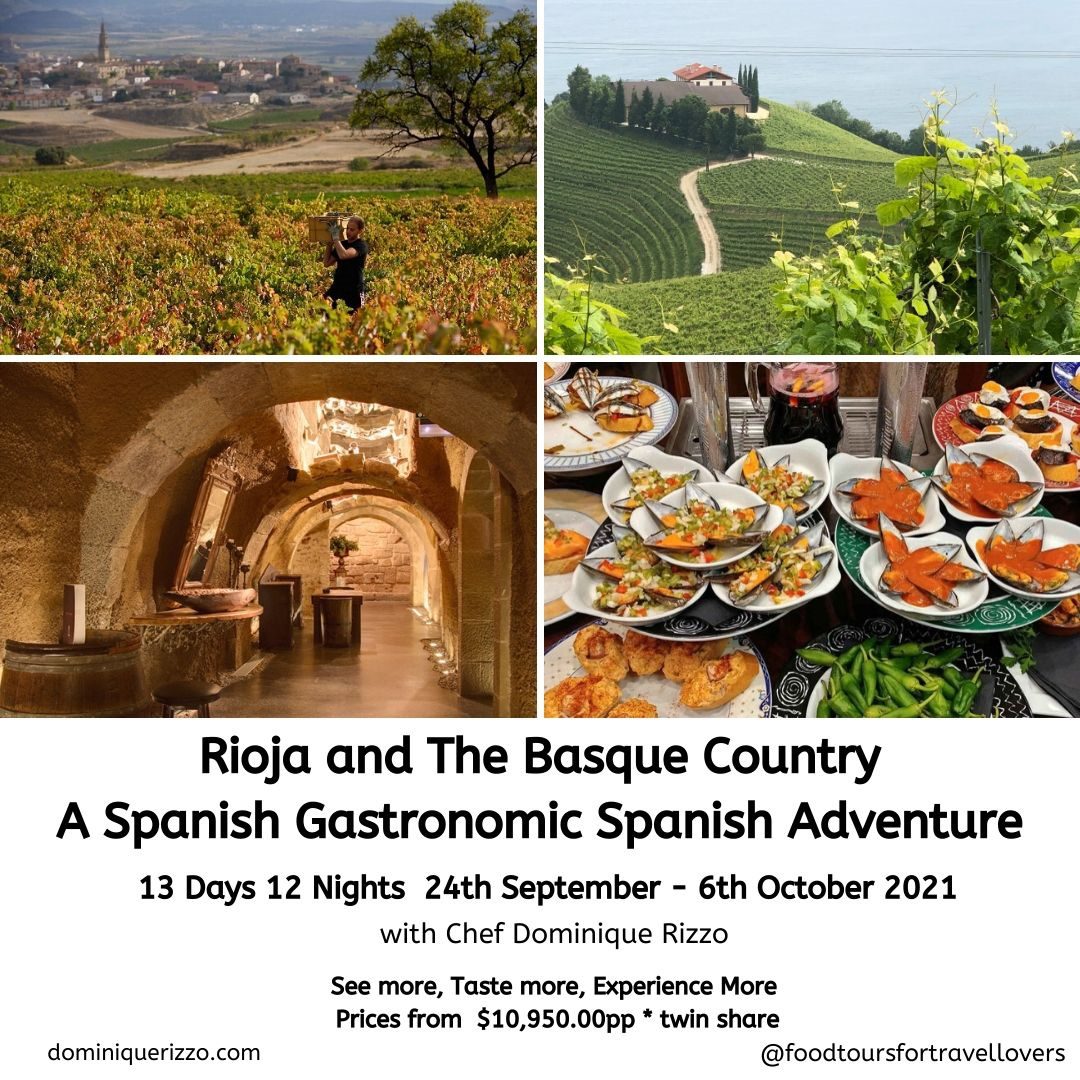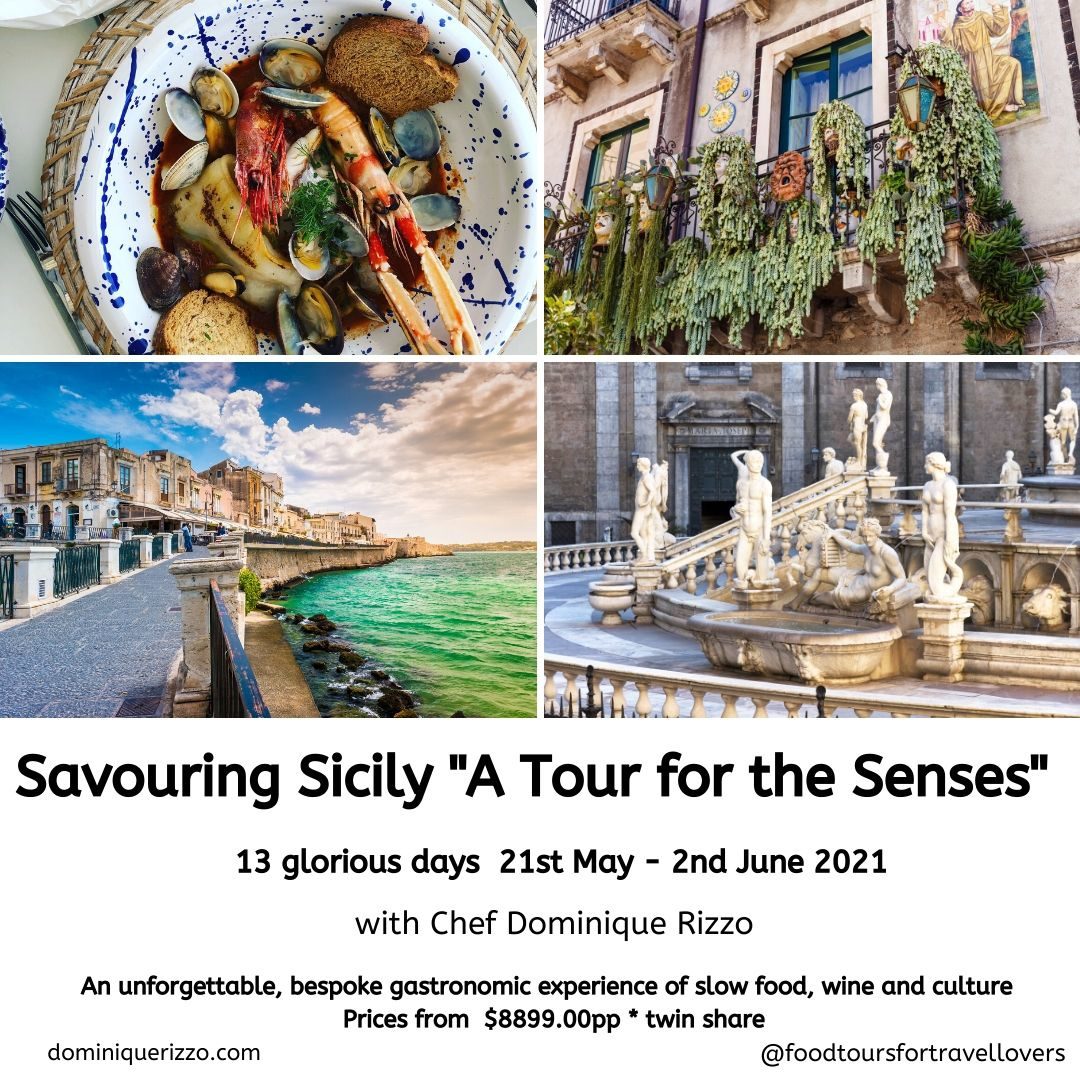Wines Rich with History – 5 Reasons to Try Sicilian and Spanish Wine
Wine, no doubt, is loved by many. It offers an exquisite taste that only a few alcoholic beverages can give. It’s highly influenced by the environment it was made in- prepared with techniques and flavour derived from history and culture.
Spain and Sicily are places filled with history-infused wine. The wide variety they offer makes these places a haven for wine enthusiasts. Each culture provides a distinct taste to their wine, proving to be one of the best in terms of flavour and experience.
Hence, from the wineries of Spain to the vineyards of Sicily, we are going to take a look at Wines Rich with History & 5 Reasons to Try Sicilian and Spanish Wine. Each of their histories and how they make their top-notch wines that a lot of wine lovers like you and me covet.
Spain’s Wine History
Spain’s wine history is old enough that historians haven’t figured out who introduced winemaking in Spain. When Phoenicians arrived in Spain approximately 3000 years ago, vineries were already established and wine being traded and exported to distant lands.
When the Romans invaded the country, they brought with them various winemaking styles and methods. However, when the Romans fell, the winemaking industry dealt a massive blow, and the trade suffered. That is until the Visigoths arrived.
In the first half of the 20th century, Spain suffered because of the war and economic disruption that left winemaking devastated. But since then, Spain’s winemakers are steadily growing in numbers and are brewing new tastes and flavors as they joined the European Union. Today, newer generations craft new styles and brew new flavors to give the masses a taste of their innovation over the years.
Spanish Wine Labeling
One specialty that a lot of Spain’s winemakers share is their ability to age their wines perfectly. Spain winemakers age their wines in different containers, such as oak barrels and bottles that are chilled at the right temperature.
If you look at the labels of Spain wines, look for terms like Crianza, Joven, Reserva, and Gran Reserva. These terms indicate how long the wine is aged, ranging from Joven as being fairly new and Gran Reserva being quite old.
Exceptional Wines
If you are interested in which wines are mostly recommended, here are some of them.
Cava
Cava is the most famous sparkling wine in Spain. To get the bubbles in the wine, Cava goes through a second fermentation, like the process they do with French and Italian wines. A few of the main blends of Cava are Macabeo, Xarel-lo, and Parellada grapes. Some winemakers also incorporate different blends for a change in flavor and taste.
Rioja
Rioja wines are known for their blend of grapes and earthy flavors. Mazuelo, Graciano, Matura Tinta, and Grachana, are among the top blends of Tempranillo grapes in Rioja Wines.
Sicily’s Wine History
Just like Spain’s wine, Sicily’s winemaking history was colourful, as well as old. Mycenaean traders cultivated the land to be suitable for vineries in 1500 BCE. When the Greeks settled in Sicily in the 8th century BCE, they were enamoured with their winemaking methods and introduced new styles of blending and flavours.
For most of the 20th century, Sicily contributed a lot of grapes for export to other countries, such as France. Sicily has also won a lot of international winemaking prizes over the years due to its classic and unique blends of wine.
Grape Varieties
Here are some of the classic red grape varieties that are key to their success in winemaking for a long time.
Nero D’Avola
One of the best and most important red grape varieties in Sicily is Nero D’Avola. Nero D’Avola is the most cultivated red grape variety and is grown in almost all of the regions. The grape variety is used mostly in purezza. Some other varieties are blended as well, most notably, Frappato and Syrah.
Frappato
Frappato is a traditional red grape variety that is commonly blended with Nero D’Avola. It is mostly grown in the southeast of Sicily, and with it, winemakers in the region have been brewing excellent wines that are 100% Frappato.
Nerello Cappuccio
No, not the coffee but the grape. Nerello Cappuccio is mostly grown in Mount Edna and the mountains located south of Messina. Usually, Nerello Cappuccio is blended with Nerello Mascalese to produce Etna Rosso DOC’s rose and red Etna wines.
Grillo
Grillo is one of the three most popular white grape varieties of Sicily. This white grape variety is already tasty on its own, but it is also commonly blended with other varieties, such as Inzolia and Catarratto. Grillo wines are refreshing and smooth to the taste, and its flavours are commonly that of pineapple, white melon, grapefruit, etc.
Catarratto
Catarratto is also one of the three most popular white grape varieties. However, it is not usually great on its own but is rather excellent when blended with other varieties. With its gentle aroma and refreshing taste, its flavour provides a much-needed balance to the other grape varieties in the blend.
Both Sicily and Spain boast a long history of winemaking and have given significant contributions to the winemaking industry. However, the contrast of their flavours significantly varies as they have different blends and flavours when it comes to their wines. You should visit Spain and Sicily’s wineries if you are an avid fan of wine, winemaking, and the colourful history around them.








